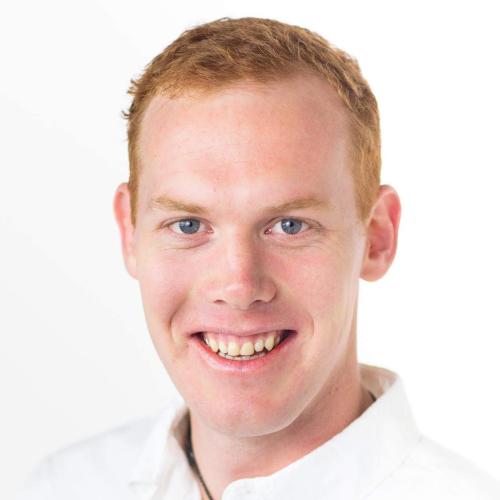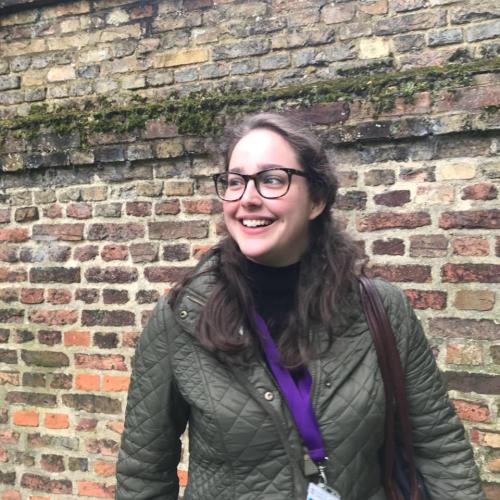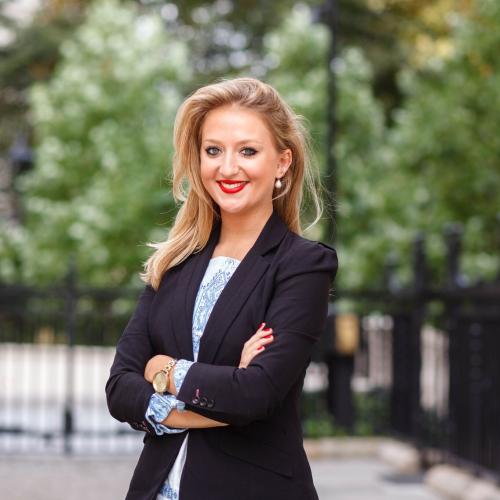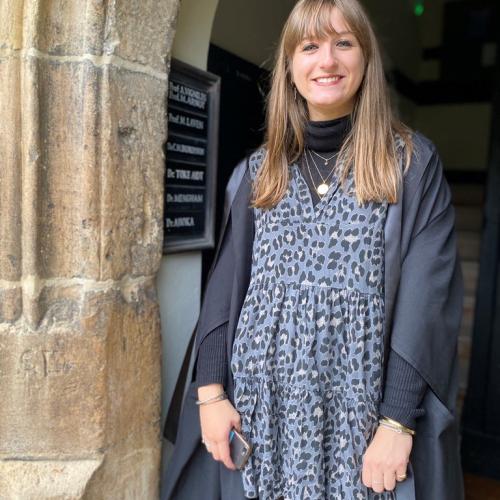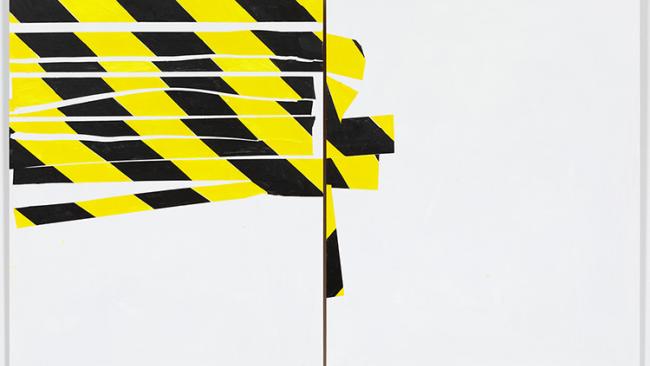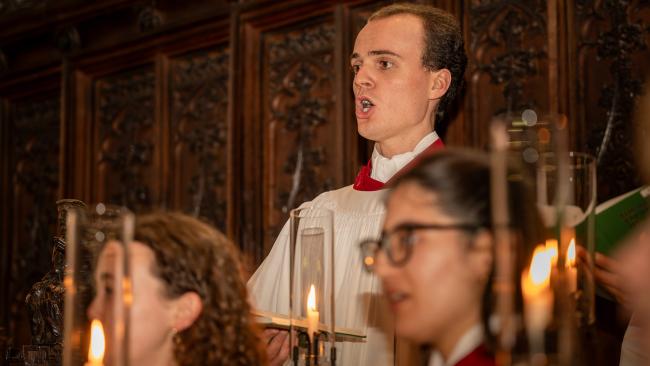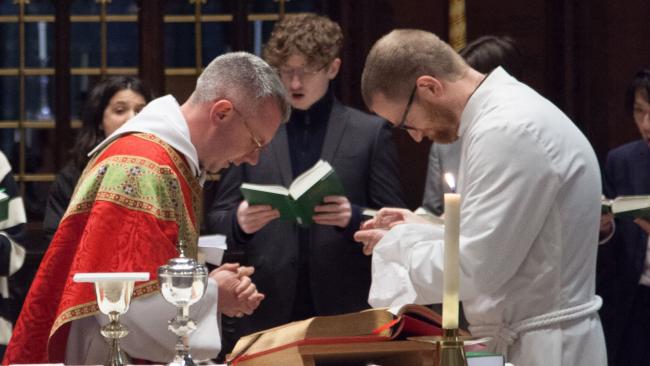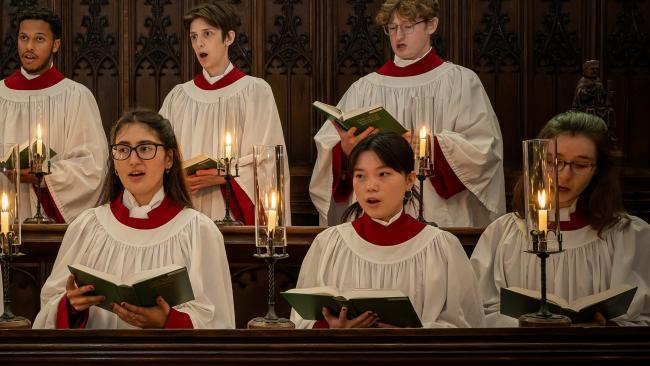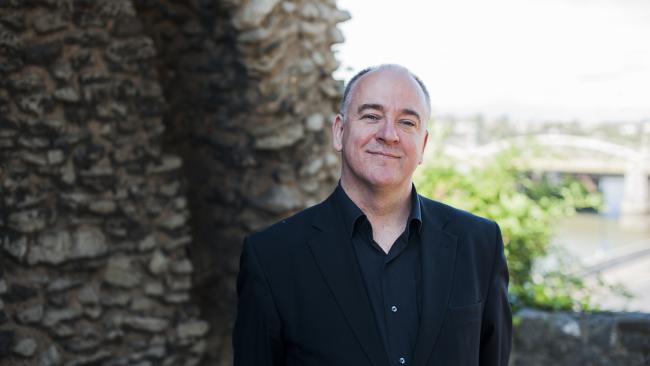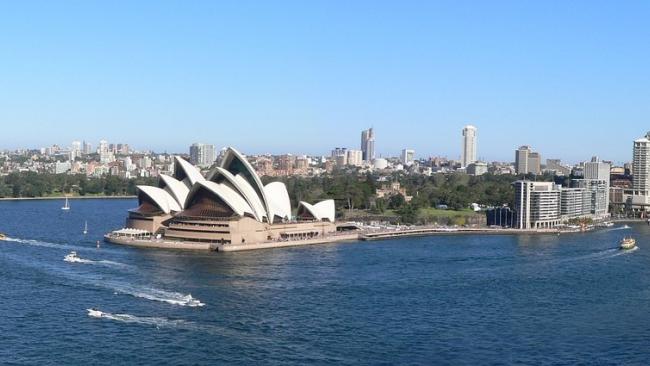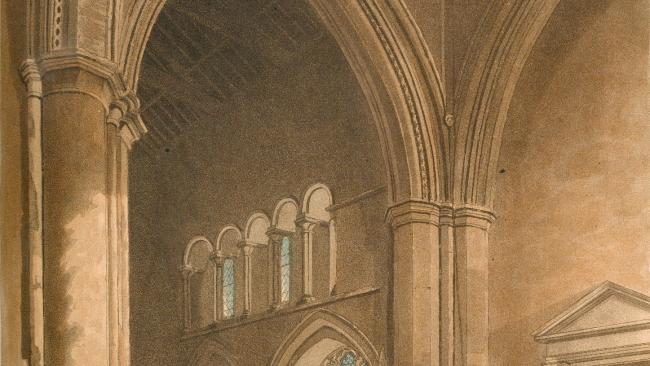
1671 to 1863
During the 18th and early 19th centuries Jesus College was home to Samuel Taylor Coleridge, Thomas Robert Malthus, and other notable figures.
Substantial numbers of undergraduate pensioners came to the College in the years following the Restoration. But after the 1670s they began to fall away, and with them Cambridge’s role as a 'finishing school'.
The University and its Colleges lost much of their attraction for men who weren't set on a career in the church, which now sought to exclude those with Calvinist – Presbyterian or Independent – beliefs.
Ultimately two exclusive groups developed: Churchmen and Dissenters. The universities and their Colleges became the property of the Churchmen, leaving the Dissenters to offer a university level education in their own academies.
Rustat's benefaction
In 1671 Tobias Rustat made a benefaction to the College which reinforced its character as a training institution for Anglican clergy for the next 200 years. Many Jesus College graduates went on to serve local parishes; in nine of these it was the College that appointed the vicar.
Tobias Rustat was Yeoman of the Robes to Charles II, and his loyalty as a personal attendant of the King throughout the long years of his exile was rewarded with money and land. He further increased his fortune through profitable investments in slave trading companies.
Rustat established a permanent trust fund for scholarships for eight sons of deceased Church of England clergymen, enabling them to study in the College until they had obtained their MA degree and could be ordained themselves. In addition to this, Rustat also established a fund for widows of Church of England clergymen.
By 1769 it was possible to increase the number of his scholarships from eight to eleven and double their value. Fifty years later there were 14 scholarships and 17 by the 1860s.
Rustat’s example was followed by other benefactors who established similar scholarships for the sons of living clergymen. During the next 350 years these endowments brought close to 800 sons of the clergy to the College. Well over half of them were ordained in their turn. Dozens became Fellows, and one of them, Lynford Caryl, became Master.
Rustat Scholars
The Rustat Scholars made up a distinctive society within the College with its own officers, gowns, and annual party or feast at which formal speeches were delivered and toasts were drunk.
The most famous Rustat Scholar was Samuel Taylor Coleridge. Coleridge named his eldest son after another Rustat Scholar, David Hartley, who was a philosopher and physician as well as author of the influential Observations on Man.
Laurence Sterne, author of Tristram Shandy, was sent to the College by his clergyman cousin and held another of the scholarships: one established by his great grandfather, Richard Sterne, Master of the College (1634-44, 1660) and Archbishop of York.
Changes to College buildings
During the 17th century four Masters of Jesus had been promoted to lead other, more prestigious Colleges. However, the Master appointed in 1701, Charles Ashton, remained in office until his death 51 years later. A High Tory, his hopes of preferment were shattered when Queen Anne died and the Whigs returned to power and stayed there.
With rarely more than 30 students and only a handful of Fellows in residence at any one time, there was little call (and little money) for new buildings during this period. Despite this the College’s unfashionable, irregular, medieval appearance was addressed by various 'improvements'.
The garrets to the west of the gate tower were replaced by a second floor of rooms, wrought iron gates supported by elegant piers were installed at the entrance from the street, and the Hall was panelled in 1703, as were the Fellows’ Combination Room in 1764 and the inner Chapel in 1790.
The cloisters were rebuilt and opened out to give more light and air, and a degree of symmetry was given to the entrance court by moving the ornate early 16th century doorway to the cloisters to a central position in 1765. The mullioned windows facing Jesus Lane were replaced by fashionable sashed ones. The Tudor brick chimneys that topped the gate tower were taken down and the Hall’s windows were enlarged, in 1791 and 1801 respectively.
All these changes except the Chapel panelling and the sash windows remain, contributing greatly to the College’s present day appearance and influencing the architectural character of almost all the buildings that were erected here in the 19th and 20th centuries.
Dissent and revolution
Between 1785 and 1820 an ambitious Master (Richard Beadon) and then a group of unusually able and active Fellows drew attention - and a number of new students - to the College.
Several Fellows moved from Anglican to Unitarian beliefs, as did the young Samuel Taylor Coleridge. They joined the campaign to end the exclusion of Protestant Dissenters from University degrees and College fellowships, although it would be 60 years before this campaign succeeded.
Some Fellows and students were sympathetic towards the French Revolution and voiced their opposition to the war against France.
The most notable and influential of the Fellows in these years was the pioneering economist Thomas Robert Malthus, whose Essay on the Principle of Population generated debates that still continue. The most prolific writer among them was Edward Daniel Clarke, a former Rustat Scholar, an adventurous and enterprising traveller, and a collector.
But this lively expansion of the College was shortlived, and 12 additional rooms (in Pump Court) were built in 1822, just at the moment when the number of pensioner students (those who paid ordinary fees) began to decline again.
As student numbers fell the College’s financial fortunes began to rise, largely as a result of the growth of the town and the enclosure of its common fields, which had extended almost to the walls and gardens of the Colleges.
During the mastership of William French from 1820 to 1849 the College exploited the opportunities for new housing developments. Houses were built in Jesus Lane, Malcolm Street, New Square, and Park Terrace, and still make a distinctive contribution to Cambridge’s townscape. They are now used for housing students and Fellows.
Chapel restorations
Since the early 1700s Chapel services had been simple and austere; the organ was no longer used and was finally sold. In accordance with the ideals of the Oxford Tractarians and the ecclesiological principles of the Cambridge Camden Society, in the 1840s the building was stripped of the partitions, false ceilings, and classical dress that it had received in 1788-90.
After employing the early Gothic revivalist architect, Anthony Salvin, the College was persuaded by John Sutton to replace him with the brilliant A.W.N. Pugin, fresh from his triumph at the new Houses of Parliament.
Pugin recreated the early English features of the chancel of the original priory church, notably the beautiful eastern lancet windows and roof. He furnished it with choir stalls which were modelled on those of the 16th century. He also added a screen, an organ case, and a lectern. Sutton paid for much of the work, and established a choir school so that the Chapel services might be sung in a manner worthy of the restored building.
The restoration of the entire Chapel was to take almost 30 years to complete, with the aid of the architect G.F. Bodley, and the artists William Morris, Edward Burne-Jones, and Ford Madox Brown. The result was as fine a collection of Victorian church furnishings, stained glass, and interior decoration as in any church of comparable size.
